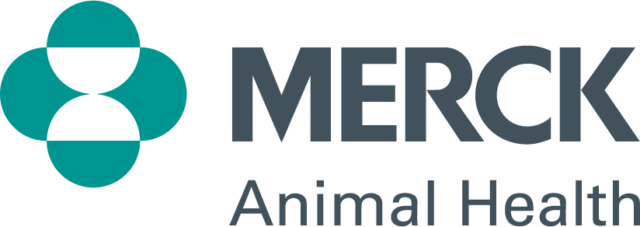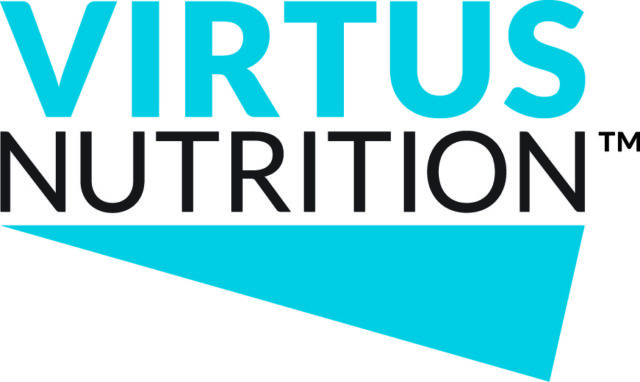Heat stress has long-term consequences on the reproductive efficiency of dairy cattle. Dairy cows begin to show signs of heat stress when the Temperature Humidity Index (THI) reaches 72. This heat index takes into account the combined effects of air temperature and relative humidity. Although heifers may not show as much discomfort, they also require attention during times of heat stress to prevent negative effects on fertility. According to the DCHA Gold Standards II, Holstein heifers 6 to 12 months old should receive protection from direct sunlight when the THI meets or exceeds 77. Heifers 12 months old to freshening should have shade when the THI meets or exceeds 72.
Don’t let heifer fertility take a vacation this summer. Consider adding heat abatement practices to your heifer management program. It can have a positive impact on the reproductive performance of heifers.
Cooling benefits fertility
Research shows that pregnancy rates and other measures of fertility are affected by heat stress. In fact, heat stress has been associated with the following reproductive problems in dairy cows:
• Reduction in the length and intensity of estrus
• Lower conception rates
• Reduced embryo survival
• Lower pregnancy rates
• Smaller calf size
However, cooling animals around the time of insemination – even if it is only for a short time – appears to have a positive influence on reproductive performance. This is also true for heifers.
During one study from Iran, researchers housed Holstein heifers in a shaded structure during July. Upon estrus detection, they assigned heifers to one of three treatment groups:
• A control group (heifers stayed in the shaded structure)
• A group cooled with sprinklers from two hours before breeding until two hours after breeding
• A group cooled with both sprinklers and fans from two hours before breeding until two hours after breeding
All three treatment groups were housed in the shaded structure from two hours after breeding until 45 days post-breeding.
Short-term cooling helped lower body temperature, particularly in heifers exposed to sprinklers and fans. Short-term cooling also improved pregnancy rates. Pregnancy rates were 40 percent for the sprinkler group and 56.7 percent for the sprinkler/fan group, compared to 23.3 percent for the control group.
It is desirable to achieve greater than 70 percent conception rate at first service, according to guidelines in the Gold Standards II. Minimizing heat stress around breeding time can help heifers meet this goal and achieve high pregnancy rates.
Maintain heifer reproductive goals
Fertility goals for heifers should not take a back seat during the summer months.
According to the Gold Standards II, begin breeding Holstein heifers at 13 to 15 months old, with a weight of 825 to 900 pounds, hip height greater than 48 inches and wither height of 50 inches (or at 55 percent of the weight of mature cows in the herd.)
Review the following goals to help you keep your reproductive program on track during warm weather:
• Inseminate at least 80 percent of heifers within the first 21 days of moving them into the breeding pen.
• Achieve greater than 70 percent first-service conception rate with conventional semen and 7 to 12 percent less with sexed semen.
• Strive to have 85 percent of heifers pregnant after three heat cycles.
The reproductive performance of heifers can benefit from shade, sprinklers, fans and other cooling practices. Assess ways you can incorporate these heat-abatement practices on your operation this summer. PD
The Dairy Calf & Heifer Association is dedicated to serving the dairy calf and heifer industry. DCHA strives to provide information, education and access to leading research and technology to help its members be more profitable. DCHA members have the opportunity to network with producers, industry leaders and top academia to learn more about current issues affecting the dairy calf and heifer business. For more information about DCHA and the Gold Standards, visit www.calfandheifer.org or call 877-HEIFERS .




